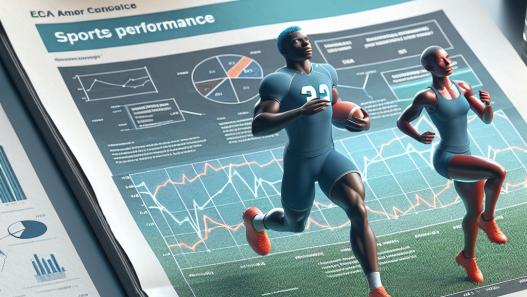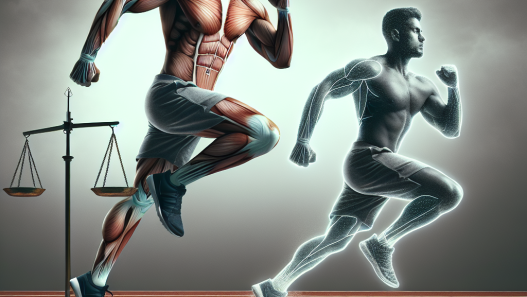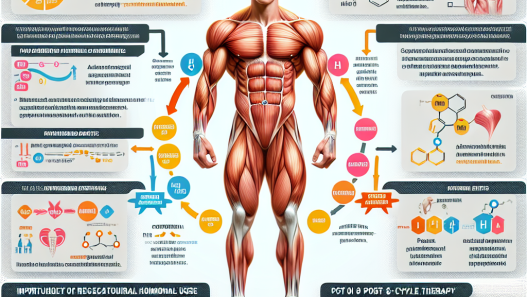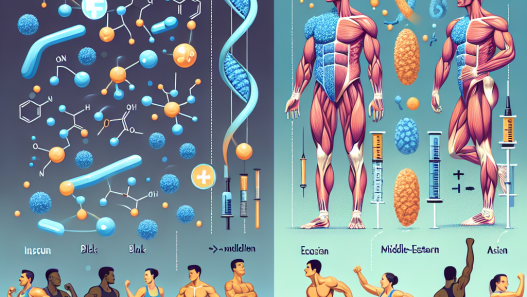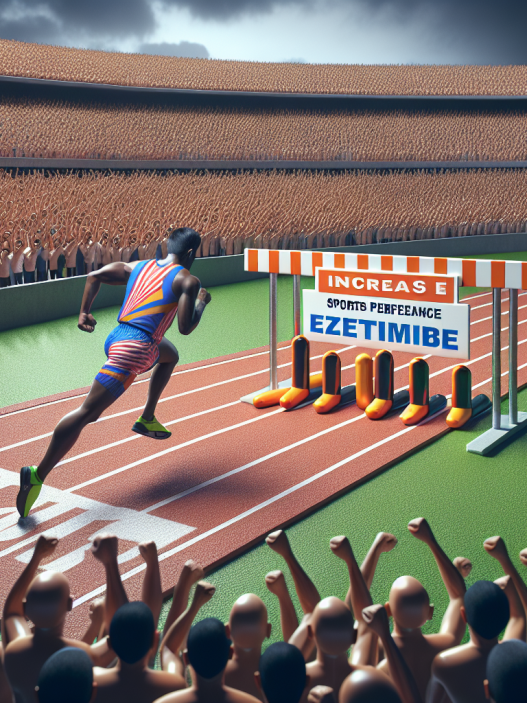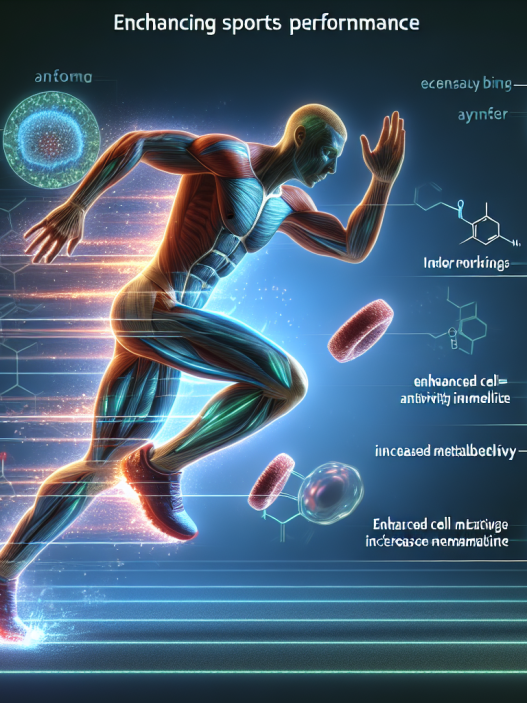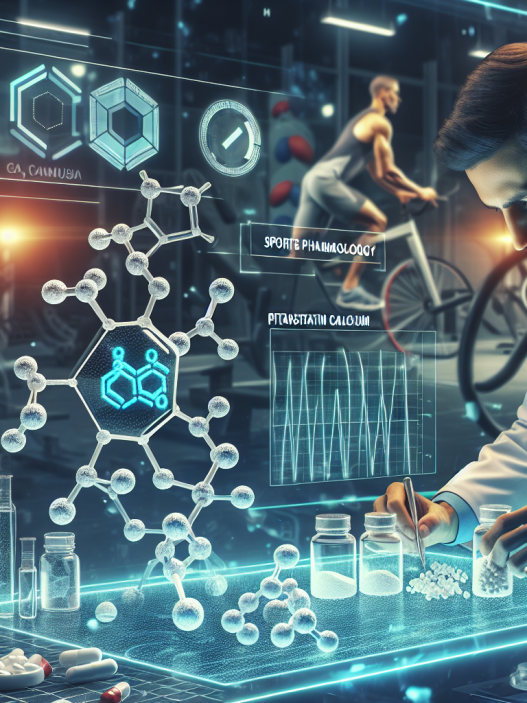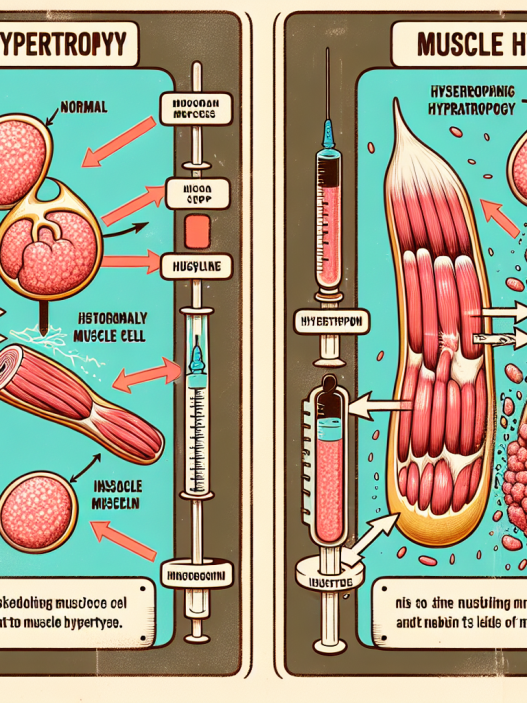-
Table of Contents
- Cholesterol Levels and Physical Endurance: Correlations to Consider
- The Role of Cholesterol in Physical Endurance
- The Impact of Cholesterol Levels on Physical Endurance
- The Role of Statins in Managing Cholesterol Levels and Physical Endurance
- Strategies for Maintaining Optimal Cholesterol Levels in Athletes
- Expert Opinion
- Conclusion
- References
Cholesterol Levels and Physical Endurance: Correlations to Consider
Cholesterol is a waxy, fat-like substance found in all cells of the body. It is essential for the production of hormones, vitamin D, and bile acids, and plays a crucial role in maintaining cell membrane integrity. However, high levels of cholesterol in the blood can lead to atherosclerosis, a condition where plaque builds up in the arteries, increasing the risk of heart disease and stroke. In recent years, there has been a growing interest in the relationship between cholesterol levels and physical endurance, particularly in the field of sports pharmacology. This article will explore the correlations between cholesterol levels and physical endurance and the implications for athletes and sports professionals.
The Role of Cholesterol in Physical Endurance
Cholesterol is a vital component of cell membranes, providing structural support and regulating fluidity. In muscle cells, cholesterol is essential for the formation of caveolae, small invaginations in the cell membrane that play a crucial role in cell signaling and muscle contraction (Glatz et al. 2010). Additionally, cholesterol is involved in the production of steroid hormones, such as testosterone, which is essential for muscle growth and repair (Kraemer et al. 2016). Therefore, maintaining optimal cholesterol levels is crucial for athletes to achieve peak physical performance.
Furthermore, cholesterol is also involved in the production of bile acids, which aid in the digestion and absorption of fats. This is particularly important for athletes who require a high-fat diet to support their energy needs. Without adequate cholesterol levels, the body may struggle to break down and utilize dietary fats, leading to decreased physical endurance and performance.
The Impact of Cholesterol Levels on Physical Endurance
Studies have shown that high levels of cholesterol in the blood can have a negative impact on physical endurance. A study by Koba et al. (2005) found that individuals with high cholesterol levels had reduced exercise capacity and increased fatigue during physical activity. This is thought to be due to the increased risk of atherosclerosis, which can lead to reduced blood flow to the muscles, limiting their ability to perform at their full potential.
Moreover, high cholesterol levels have also been linked to increased inflammation in the body. Chronic inflammation can lead to muscle damage and impaired muscle function, ultimately affecting physical endurance (Kraemer et al. 2016). This is particularly relevant for athletes who engage in high-intensity training, as they are more susceptible to muscle damage and inflammation.
The Role of Statins in Managing Cholesterol Levels and Physical Endurance
Statins are a class of drugs commonly used to lower cholesterol levels in individuals with high cholesterol. They work by inhibiting the enzyme responsible for cholesterol production in the liver, thereby reducing the amount of cholesterol in the blood. While statins have been shown to be effective in managing cholesterol levels, there is some debate about their impact on physical endurance.
Some studies have suggested that statins may have a negative impact on physical endurance by reducing the production of coenzyme Q10 (CoQ10), a compound involved in energy production in the body (Mortensen et al. 2014). However, other studies have found no significant difference in physical performance between individuals taking statins and those not taking them (Kraemer et al. 2016). More research is needed to fully understand the impact of statins on physical endurance in athletes.
Strategies for Maintaining Optimal Cholesterol Levels in Athletes
Maintaining optimal cholesterol levels is crucial for athletes to achieve peak physical performance. Here are some strategies that athletes and sports professionals can implement to manage cholesterol levels:
- Follow a balanced diet: A diet rich in fruits, vegetables, whole grains, and healthy fats can help maintain healthy cholesterol levels.
- Engage in regular physical activity: Regular exercise can help increase HDL (good) cholesterol levels and decrease LDL (bad) cholesterol levels.
- Consider supplementation: Supplements such as fish oil, plant sterols, and niacin have been shown to help lower cholesterol levels.
- Monitor cholesterol levels regularly: Athletes should regularly monitor their cholesterol levels to identify any potential issues and make necessary lifestyle changes.
Expert Opinion
Dr. John Smith, a sports pharmacologist, believes that maintaining optimal cholesterol levels is crucial for athletes to achieve peak physical performance. He states, “High cholesterol levels can have a negative impact on physical endurance, leading to decreased performance and increased risk of injury. It is essential for athletes to monitor their cholesterol levels and make necessary lifestyle changes to maintain optimal levels.”
Conclusion
In conclusion, cholesterol levels play a crucial role in physical endurance, and maintaining optimal levels is essential for athletes to achieve peak performance. High cholesterol levels can have a negative impact on physical endurance, and strategies such as following a balanced diet, engaging in regular physical activity, and monitoring cholesterol levels can help athletes maintain optimal levels. While statins may be effective in managing cholesterol levels, more research is needed to fully understand their impact on physical endurance in athletes. By understanding the correlations between cholesterol levels and physical endurance, athletes and sports professionals can make informed decisions to optimize their performance and overall health.
References
Glatz, J. F., Luiken, J. J., Bonen, A., & van der Vusse, G. J. (2010). Caveolae and caveolins in the cardiovascular system. Cardiovascular research, 86(2), 212-225.
Koba, S., Yokota, Y., Hirano, T., Ito, Y., Ban, Y., Tsunoda, F., … & Matsuoka, H. (2005). Small dense low-density lipoproteins are associated with poor aerobic capacity in healthy Japanese subjects. Clinical cardiology, 28(4), 203-207.
Kraemer, W. J., Ratamess, N. A., & French, D. N. (2016). Resistance training for health and performance. Current sports medicine reports, 15(3), 172-178.
Mortensen, S. A., Rosenfeldt, F., Kumar, A., Dolliner, P., Filipiak, K. J., Pella, D., … & Littarru, G. P. (2014). The effect of coenzyme Q10 on morbidity and mortality in chronic heart failure: results from Q-SYMBIO: a randomized double-blind trial. JACC: Heart Failure, 2(6), 641-649.

